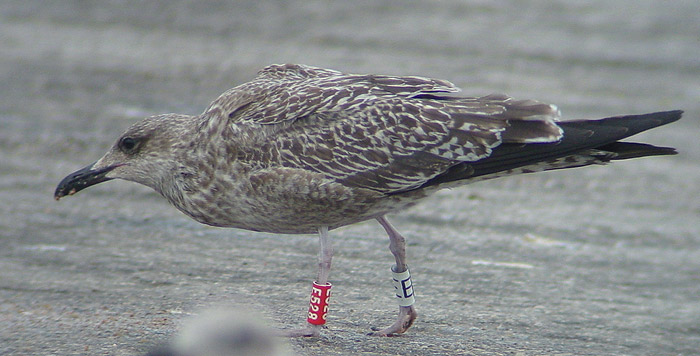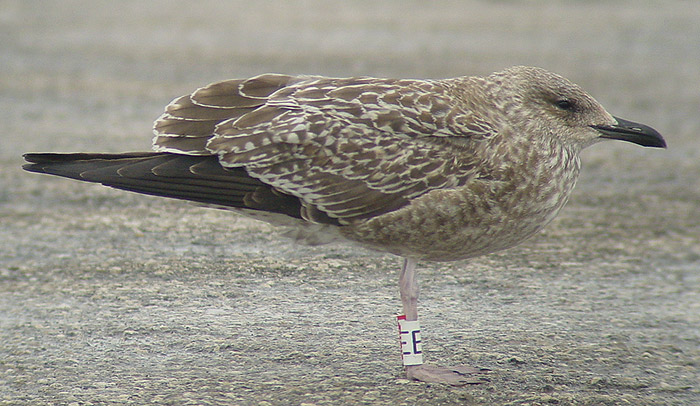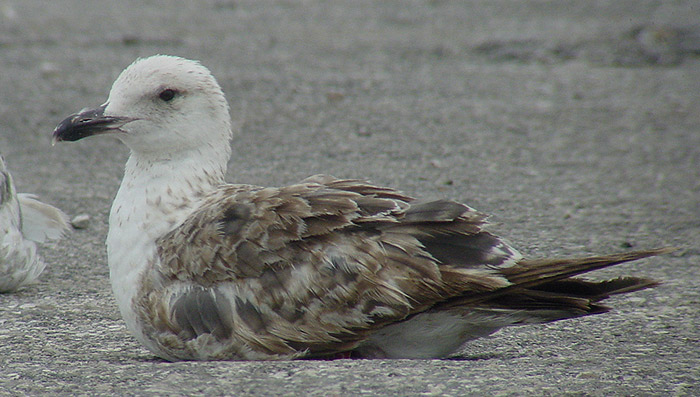 Lesser Black-backed Gull (graellsii & intermedius)
Lesser Black-backed Gull (graellsii & intermedius)
(last update: May 17 2015)
lbbg 1cy May
lbbg 1cy June
lbbg 1cy July
lbbg 1cy August
lbbg 1cy September
lbbg 1cy October
lbbg 1cy November
lbbg 1cy December
lbbg 2cy January
lbbg 2cy February
lbbg 2cy March
lbbg 2cy April
lbbg 2cy May
lbbg 2cy June
lbbg 2cy July
lbbg 2cy August
lbbg 2cy September
lbbg 2cy October
lbbg 2cy November
lbbg 2cy December
lbbg 3cy January
lbbg 3cy February
lbbg 3cy March
lbbg 3cy April
lbbg 3cy May
lbbg 3cy June
lbbg 3cy July
lbbg 3cy August
lbbg 3cy September
lbbg 3cy October
lbbg 3cy November
lbbg 3cy December
lbbg sub-ad Jan
lbbg sub-ad Febr
lbbg sub-ad March
lbbg sub-ad April
lbbg sub-ad May
lbbg sub-ad June
lbbg sub-ad July
lbbg sub-ad Aug
lbbg sub-ad Sept
lbbg sub-ad Oct
lbbg sub-ad Nov
lbbg sub-ad Dec
lbbg adult January
lbbg adult February
lbbg adult March
lbbg adult April
lbbg adult May
lbbg adult June
lbbg adult July
lbbg adult August
lbbg adult September
lbbg adult October
lbbg adult November
lbbg adult December
(5 images) LBBG 1cy EE528October 01 2001, June 13 & 14 2002, July 10 & 11 2002, Le Portel - Boulogne sur Mer, NW France (50.42N,1.34E).
EE528, October 01 2001.
A juvenile LBBG of certain origin. E528 was ringed last summer at Maasvlakte, the Netherlands (51.58 N, 4.02 E) on July 01 2001. In every respect an average individual:
- most coverts are still juvenile and worn at the fringes and the tip;
- a few scapulars have been moulted to first winter feathers.
Depending on light conditions, the tone of the bases of scapulars and coverts may be dark chocolate brown or may suggest some bleaching or fading (bottom picture).


EE528, June 13 & 14 2002.
A first type 2cy LBBG with p4 still juvenile and p2 growing. The tail is complete juvenile.
In the left wing, tertials #1 and #3 have been replaced for second generation feathers, the other tertials are still juvenile. The new tertials have relatively fresh fringes. In the greater coverts, #6 was replaced in the post-juvenile moult and all other greater coverts are still juvenile are vey much abraded. In the median coverts #1, 4, 9 & #11 have been replaced. The tips are slightly buffish and the centres are slate-grey. In the lower lesser coverts #3, #7 and #11-13 have been replaced and show the same pattern as the new medians. Four lesser coverts were moulted as well and active moult is still in progress in this covert row as 30% of the (lower outer) feathers are missing.
The scapulars consist of old brown bleached second generation feathers, with one lower upper scapular moulted to third generation. The pattern of this feather is much third generation-like.


(below) EE528, July 10 & 11 2002.
By July, p7-p10 are still juvenile and p5 is growing, now at the length of p4. The central tail-feathers are missing, R3-R6 are complete juvenile.
Unfortunately, the right wing is depicted in the image below and direct comparison is not possible, as the moult stage is completely different in both wings. The moult in the wing progresses only slowly, with in the right wing tertial #1-2 replaced and #3 growing; #4 is missing and #5-6 are still juvenile. In the greater coverts, #1 is growing, #2 was replaced in the post-juvenile moult, #3 is fresh second generation, #4 is missing, #5 was replaced in the post-juvenile moult and all other greater coverts have been shed. In the median coverts, the exact sequence is hard to establish wit very abraded post-juvenile feathers, some feathers missing and some feathers fresh second generation. The outer medians are growing simultaneously. The outer lower lesser coverts are growing simultaneously as well, but in the inner-arm, 2 lower lessers were replaced in the post-juvenile moult and #1-2 are two fresh feathers. Randomly, some lesser coverts are moulted and the tips of these fresh feathers are already visible. It's hard to predict which row they will fit in at this stage. Some upper lessers are retained post-juvenile second generation feathers.
The very abraded scapulars in the pictures of June are now replaced by grey feathers. Still, old brown bleached second generation feathers are mixed with third generation feathers. The pattern of these new feathers is not barred anymore but contains a single dark shaft, much third generation-like.
